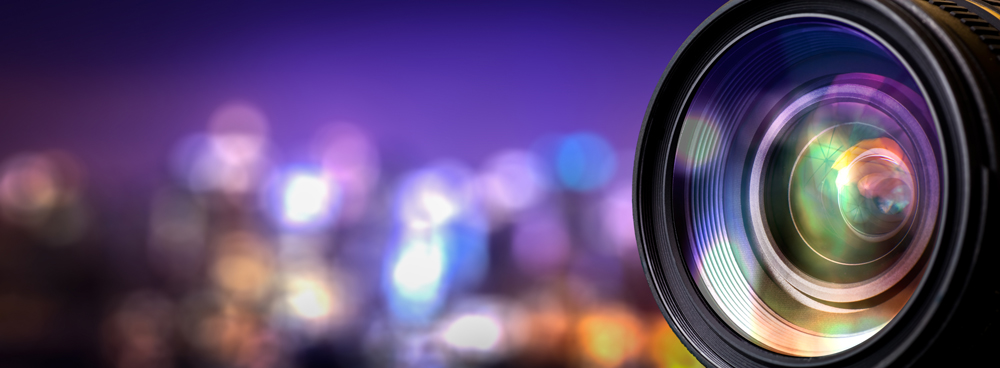The ELLI Lighting Design Training offers professionals and practitioners landscape lighting design education that is guaranteed to greatly advance one’s understanding in these design concepts.
Our goal is to provide a strong foundation of understanding so that more advanced skills can be effectively understood. The ELLI training programs are different than any other offerings—they are better and will shave off years of learning time.
Our training is effective and efficient in that we provide controlled environments for learning in small groups. Additionally, it is done with the least impact to the participant’s schedule via a video conferencing format (Zoom meetings). ELLI does offer personal trainings for companies who wish take advantage of these efforts, as our educational team will travel to these locations and engage personnel in a live setting. However, most participants utilize our online services.
Currently, ELLI has three (3) Series of online training:
ELLI educators consist of highly skilled professionals who have been practicing this art-form and discipline for two decades or more. These educators also have worked in ‘real-world’ conditions within an established business practice. In other words, they are not book-smart, university-types—they’ve performed the trade practices to develop their skill sets.
There are two important tools one can use in landscape lighting design. The first is Photography and the second is the Critique. One might ask how these are tools, but as you will see, both can be used to advance one’s ability and recognition within the profession.
All lighting designers are judged by their work, and it matters not what the discipline is—landscape, architectural, interior, or exterior. Therefore, our work is our ‘brand.’ Our relevance and importance must be presented by a visual means—photography, in this case. Poor imagery results in never winning awards, as well as lower quality of jobs and smaller-scaled projects. By treating our photographic work like a promotional tool, we can advance. You should invest in a highly effective photographer or in yourself, which means you should spend a great deal of time mastering this art. Please see the following section on Photography.
The Design Critique is another tool that we can benefit and advance from. Very few today spend time performing critiques upon their own work or the work of others—this is a learned skill. One must have experience in the trade craft and artform if they are going to know what to look for in this critiquing process. Additionally, a design critique should measure against a set of principles and standards if it’s to mean anything. The following should be included for these measures:
Currently, ELLI is the only landscape lighting organization to utilize Critiquing as a measure or tool for advancement. ELLI does provide a service to have your project to be professionally critiqued—the cost is $300.00 per photo to be critiqued. If you are interested in this service or wish to learn more about the design critique, then please complete the following form, submit it, and pay by the payment button:
The cost of this service is $300.00 per photo. Please use the “Sign-Up” button to get started. click here for the payment.
The goal of the Design Critique process is to help lighting designers better understand aspects of lighting design that they have not yet learned. It’s a short-cut in one’s natural learning curve. Landscape lighting designers can now utilize this option for their personal advancement needs.

Photography is a critical part of this learning and awareness, as it provides us the easiest format by which to understand. As humans, we best learn through our visual means. Therefore, photography is an aid in this. It allows us the opportunity to capture a moment in time and space, from a specific point of view.
As lighting designers, we must rely on high-quality, excellent imagery to effectively portray our work, and to evoke emotion. These images communicate and express our art-form. As a consumer, imagery is the easiest way to explain design intent.
The benefit of good photography allows for the following:
The Use of Photography
Trade professionals need to be aware of the impact of good photography. It is highly suggested that a professional photographer with experience in night-time photography is utilized. Some lighting designers believe they can provide the same or better level of imagery. However, in most cases, this is far from the truth.
Why is photography so important? Because it represents your name and brand. One must truly consider how this decision alone impacts one’s success, professionally-speaking. Photography can be the difference between being ‘average’ or ‘mediocre,’ with that of ‘excellent.’
Lighting designers should consider photography as an art, just as their own craft, because it is. One would be best served by guiding the photographer, as to what they wish to capture. The photographer should focus his/her attention on the composition of these scenes. Their skill is in the experience with the camera and how to best display this imagery—it’s a joint effort.
Considerations in Photography
There are three considerations the lighting designer should understand in photography: